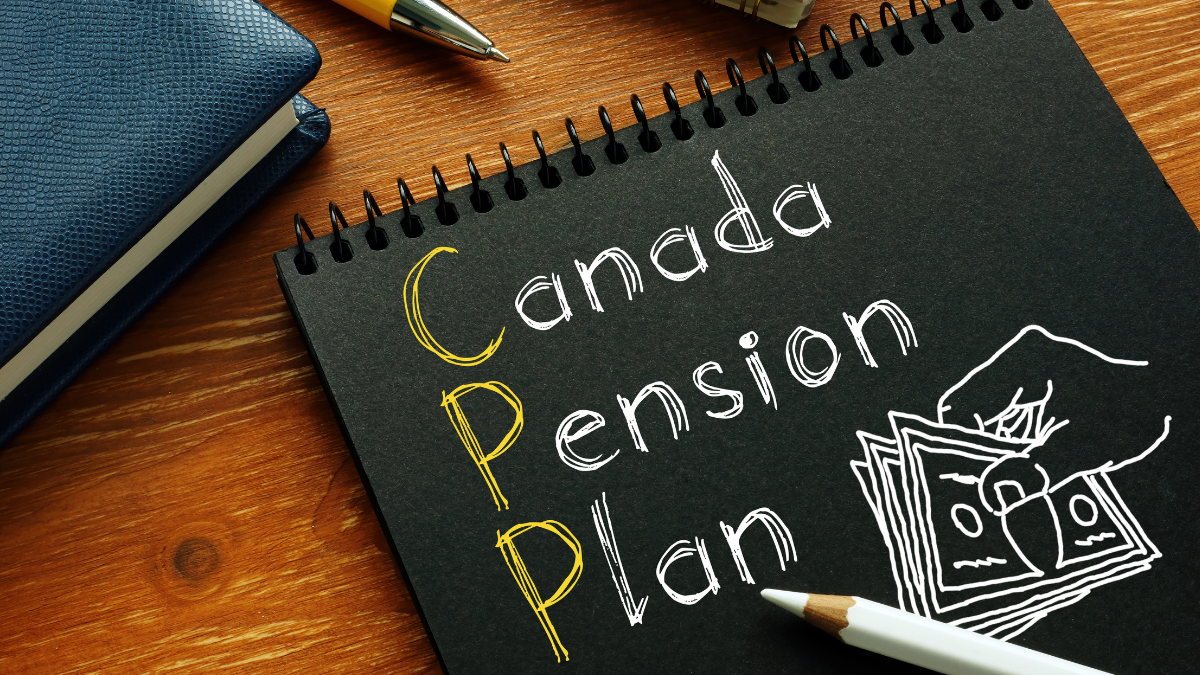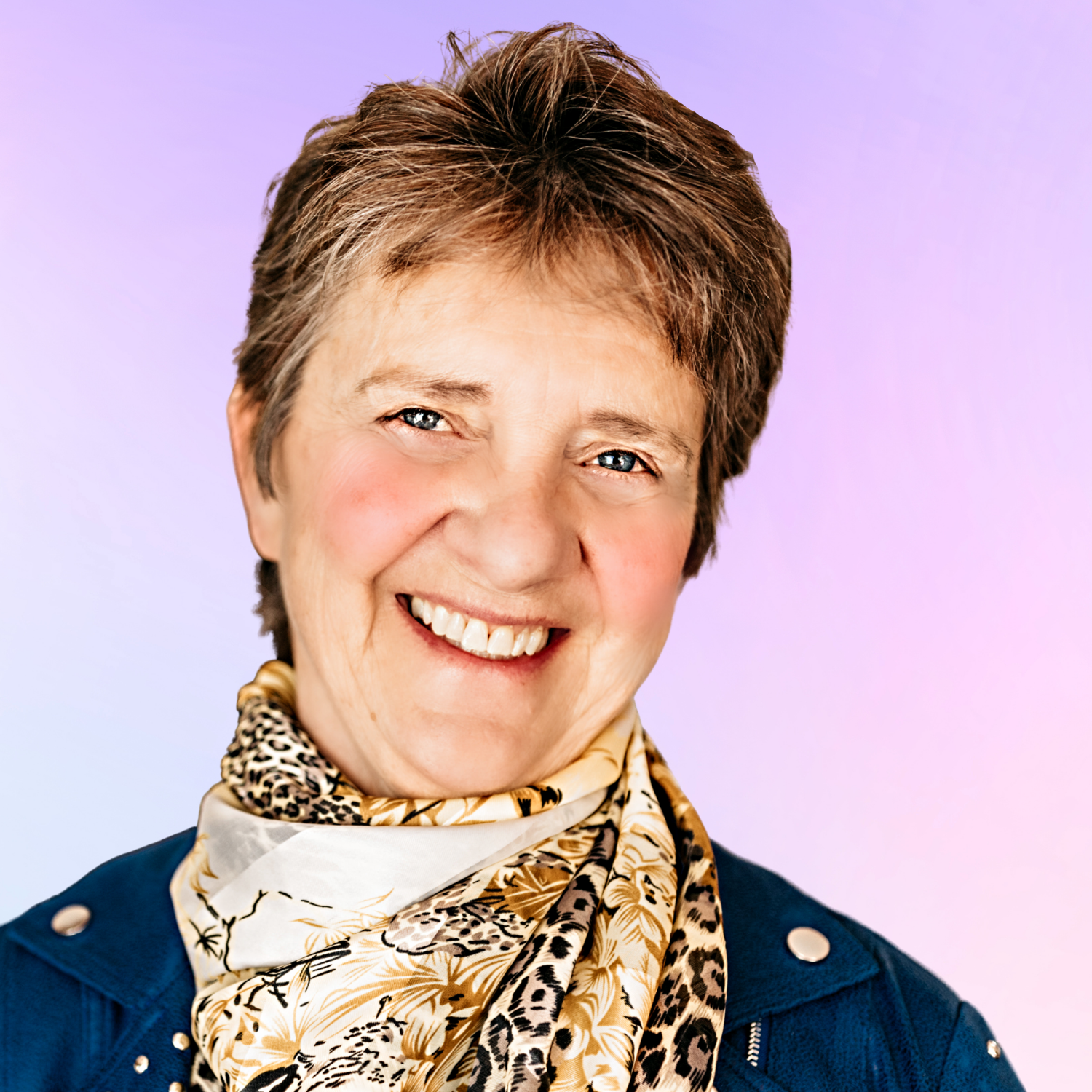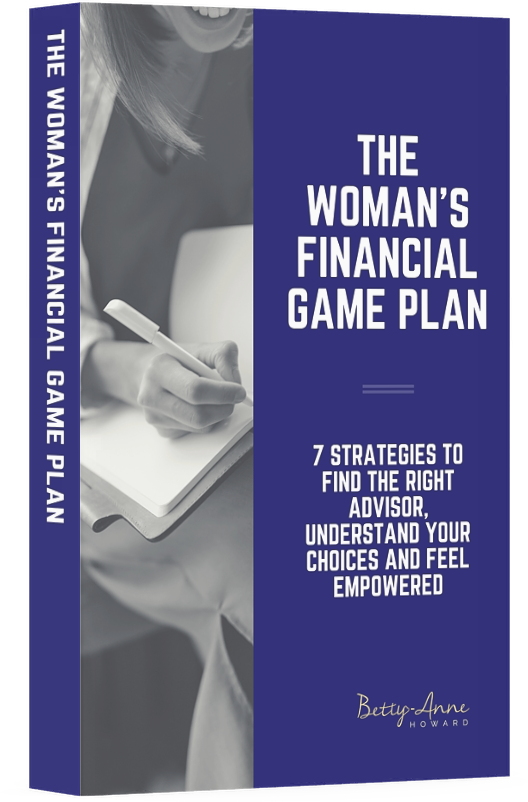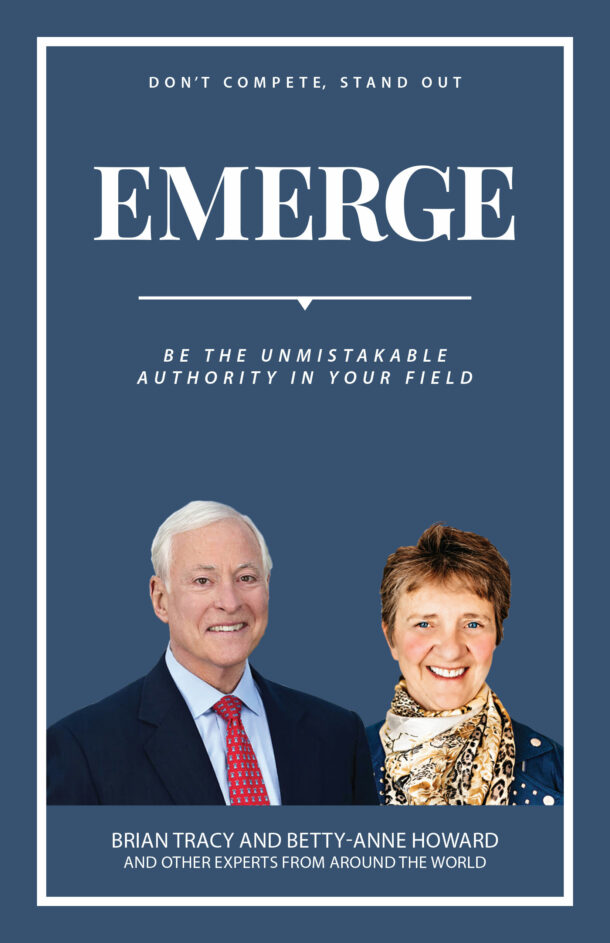
When we think about “retirement planning,” most of us believe that the time to look deeper and further into our retirement happens sometime in the future. After all, there’s so much more to be thinking about in the early stages of our lives, for example, buying a house, getting married, having kids, getting those kids launched in the world, supporting parents in their old age, and vacations.
These pressing demands on our resources, incomes, and lives mean that very few of us are planning for a time when we shift into a very different phase or stage in our lives – our retirement.
The reality is that retirement planning should start in our early 20s, as soon as we start working in a full-time career-type job. And the truth is, the pillars of your retirement begin as soon as you start working.
But for most of us, retirement seems like a far-off dream or a long way away possibility, and besides, who wants to be thinking about retirement when we are launching our careers, with decades ahead of us to make our mark in the world.
WATCH: What does Financial Planning Mean To You – Retirement Planning
A message from the future
So here’s a message from future you – the earlier you start, the better, and your cash flow analysis can help show you how you can manage that financially. Did you know that starting to save for your retirement in your 20s vs. your 30s can mean the difference of thousands of $$’s in invested capital? You can play around with the numbers with this Savings Growth Calculator; it’s fun and enlightening. For example, if you start saving at the age of 25 vs. 35 at $250 a month, you will have $500,362 vs. $252,384 – what a difference! By starting at the age of 25, imagine, you are halfway to being a millionaire by 65.
For those in your 30s, 40s, (and even 50s!), please don’t get discouraged and believe that “it’s too late” to get started. Our philosophy is that it’s never too late! Most people we work with are pleasantly surprised when we walk them through the numbers and show them how much money they will have, along with the different sources of retirement income and the amounts.
Beginning Your Retirement Planning

When we meet with clients to discuss retirement planning, we start by looking at the “Wealth Accumulation Phase” using an appreciative inquiry lens. Our Financial Planning firm highly values the contextual and emotional side of people’s lives. After all, retirement and legacy planning are not just about spreadsheets or money alone!
Financial Planning is both a science and an art bringing together the numbers with the meaning behind the money. After we understand our clients’ dreams, goals, and values, we start to dig into the income streams available to them when they retire, using the 4 key pillars of retirement income planning.
Looking at these four key pillars (or tools) of retirement income planning helps us make a unique plan for each client that assists them in moving closer to their goals. So let’s look at each of these key pillars in more detail.
The Four Key Pillars of Retirement Income Planning
Pillar 1 – Canada Pension Plan (CPP)/Quebec Pension Plan (QPP)

What is the Canada Pension Plan (CPP)/Quebec Pension Plan (QPP)?
The Canada Pension Plan, or CPP, is a monthly, taxable benefit paid out to you when you retire. When you start working (or are otherwise categorized as employed), you and your employers make mandatory contributions to our Canada Pension Plan (CPP) or Quebec Pension Plan (QPP). If you are self-employed and run a business, as I do, you have to pay both the employer’s contributions (through your business) and the employees’ portion, which totals almost $7,000 for 2021.
For those of you who have an employer – your contribution amount would be almost $3,500 (I am rounding up the numbers), and your employer would pay the same amount as well, which, as you can see, totals the amount a self-employed person would pay – $7,000. These amounts represent 5.45% of your income, up to a maximum income of $61,600 – if your income is lower than the $61,600 then the amount you would pay into CPP/QPP would also be lower based on the 5.45%.
Keep in mind that the total percentage amount allocated to this one pillar of our retirement income is 10.9%. Each year, that percentage goes up to make these government-run plans sustainable for all Canadians. As you can see, this pillar is based on your income, and the government keeps track of our contributions to project what your actual CPP/QPP income will be starting at the age of 60.
When should you start to collect your CPP/QPP?
There are so many myths and misunderstandings about collecting your CPP, and the ever-present question as many of our clients begin getting closer to that magical age of 60 is always, when should I start to collect my CPP/QPP?
Of course, the answer is that it all depends on addressing many other questions.
For example, let’s say you plan to retire at the age of 60. You therefore won’t be making any more contributions to your CPP/QPP, and you will have a 36% reduction in the amount you receive because you are taking it early. But how much of a difference will that really make? The good news is that your financial planner can work that out for you to make an informed decision.
Another question to answer would be using the estate planning lens. From a survivor benefit point of view, if your spouse is already receiving the maximum amount allowable for CPP/QPP, then there may not be a survivor amount. However, the calculation should be completed to determine the survivors’ income in the event of premature death.
As you can see, getting a financial planner to guide you through this process and ask the right questions will help you make an informed decision that will best suit you and your family’s needs.
The next pillar is another guaranteed source of income coming from the Canadian Government based on our residency status: the Old Age Security (OAS).
Pillar 2 – Old Age Security (OAS)

Will I receive the Old Age Security?
As Canadians and residents of Canada, most of us are eligible to receive the OAS at the age of 65. Here’s the tricky part: if your income is over a certain threshold, the government feels you don’t necessarily really need this money, so they claw it back.
They prefer to see it as a “pension recovery tax,” – which basically just means giving it to you with one hand and taking it back with the other hand. So for example if your income exceeds $81,761 in 2022 then a portion of your OAS gets clawed back and once your net income totals $133,527 annually then the best way to look at it is, no more Old Age Security.
You may be thinking, well at these income levels, why would we expect to receive this pension and I totally agree with you. As Canadians, we have built-in systems that help support those who, for whatever reasons, won’t ever see this type of income in retirement.
How much OAS will I receive?
The maximum amount of OAS that an individual can receive in 2022 is $648.67 per month, and this is geared to inflation, which means if inflation goes up, so does the amount you can receive from OAS. There is also a guaranteed income supplement for Canadians who have an income below what is considered to be a living wage/income.
The calculations can get a bit complicated depending on whether you are married or have a common-law partner receiving the OAS. Look here to see how cumbersome it can become to figure this out.
When we’re doing retirement planning with clients and need an accurate number, we just call the Canada Revenue Agency or ask our clients to call them to ask for their specifics regarding their income.
How can I increase the amount of OAS I will receive?
As a Financial Planner, I know there are clever ways to potentially reduce the OAS clawback that the majority of Canadians aren’t aware of, and that’s what makes the work we do so exciting and enjoyable.
The key is to ensure you do your retirement planning in advance, years ahead of when you intend to retire, to take advantage of these tax savings strategies.
Pillar 3 – Employer-Sponsored Pension Plans

For those of you who are fortunate enough to have an employer-sponsored pension plan, there are 2 main types of plans. They can either be a defined benefit pension plan or a defined contribution pension plan. We find that most large employers, like the government, hospitals, municipal workers, and teachers, have the golden egg of pension plans, the defined benefit one.
What is a defined benefit pension plan?
Defined benefit pension plans are exactly as they sound; the pension benefit is determined based on a formula that looks like this; 2% times the number of years you contributed to the plan times your average best five years of employment.
So, let’s say you’re a government worker or a teacher, you started this work in your mid 20’s, you’re now in your mid 50’s, which means you’ve probably been contributing (as has your employer) to this plan for 30 years.
That is the first part of the formula, which would mean eligibility of 60% of your average best five years of salary, which is $100,000 a year. That would mean retiring with a pension of $60,000 a year (2%X30X$100,000).
There are other eligibility factors as to when you can retire, which are also calculated and called your NRA – Normal Retirement Age. You may find reading your pension statement confusing, and most people do; that’s where we come in when we are engaged in retirement planning with you to help translate what the pension statement is actually telling you.
What is a defined contribution pension plan?
Defined Contribution Pension Plans have no formula for how much pension you’re going to receive. What you do know is how much you will receive as a percentage of your employment income, and in many cases, it’s also based on the percentage you contribute.
Recently, a client of ours told us that if they contributed 5% of their salary, their employer would contribute 7%. Good deal! Our financial and retirement planning motto is if you can legitimately get access to “free” money, you take it!
Another difference between a defined benefit pension plan and a defined contribution pension plan is that the onus is on you to make wise investment decisions as you are assuming the market risk. Your retirement income will be based on how well your investments perform over time.
Unfortunately, you don’t tend to get a lot of help from the plan administrator as to what would be the best investments for you. Hopefully, you’ll at least be given a risk questionnaire to help guide you in making these decisions. With our clients, we ensure the investments fit with their risk profile and the rate of return we’re aiming for to meet their retirement goals. As holistic financial planners, we offer this added value to our clients because we focus on the whole financial picture.
Pillar 4 – Other Retirement Savings

And what are your “other” retirement savings you might ask? Generally, we are looking at Registered Retirement Savings Plans (RRSPs), Tax Free Savings Accounts (TFSAs), Open Portfolios, or a combination of all three.
And which one should you start with? The answer is, and will always be, it depends. But let’s take a closer look at the most popular retirement savings vehicle, the RRSP.
Registered Retirement Savings Plans (RRSP’s)
For many of us who are self-employed or don’t have an employer-sponsored pension plan, we are grateful for and rely quite heavily on setting up an RRSP along with the tax benefits we receive by making contributions to this plan. Our savings money allows us to make these deposits into our RRSPs, or sometimes to our Spousal RRSPs.
We have a graduated tax system where the more money you make, the more you pay in income taxes. So, for example, if you have an income of $100,000 a year now and put money into your RRSPs, when you are making $60,000-$80,000 in retirement, you’re going to pay less in income taxes.
It’s always a good idea to have your Financial Planner run through those numbers and projections so it continues to make sense to you. If it doesn’t, ask lots of questions and get the answers you’re seeking, so that it does make sense. That’s the job of a holistic Financial Planner, to look at the entire financial picture of your life, and help you to put the pieces of the puzzle together so you can make your dreams a reality.
For many, the initial incentive to contribute to their RRSPs is for the income tax savings they receive. That was definitely my motivation when I began thinking about retirement planning; I thought I’d rather have the money in my pocket (i.e., investments) than give it to the government. It was just a bonus to me that the money would grow within those investments, and now voila, a bucket of money to draw on for my retirement income. It’s almost like magic!
When I started investing with my Financial Planner over 34 years ago, I was in my early 30’s. No one in my family knew anything about investments or investing, so I kept saying to her, “as far as I’m concerned, this money is going into a dark hole, and I’ll only believe what you’re telling me when it finally sends me a cheque in the form of income.”
That was long before I started working in this business. Now I happily see many “cheques” (actually, it’s done via direct deposit now) putting retirement income money into our client’s bank accounts all the time, which is very exciting!
Summing It Up

People don’t often look at the 4 key pillars for retirement income planning as fun or exciting topics, but they can be! When you pair them together with your vision for your future, it can be gratifying and fulfilling to see your plans stack up and become a reality, over time. And the best time to start – is now!
So many things can change in your life – a new job, new type of pension plan, becoming self-employed, no pension plan, getting married, combined retirement planning, and the list goes on. The best part is that once you have the basic building blocks for your retirement planning in place, then whenever anything changes in your life, your Financial Planner can simply update your retirement plan, easy peasy.
It’s quite exciting as you see your retirement plan unfold in keeping with the changes in your life. However, what matters most is that you understand how all the pieces of the retirement puzzle fit together and how, when you bring in new pieces of the puzzle, you work together with your Financial Planner to make them fit.
The 4 key pillars for retirement income planning are only the beginning steps in preparing your plan, and we often refer to them as the Wealth Accumulation Phase. In Part 2, we will explore what we call the Wealth Flow Phase, where we look at what happens when you are close to that retirement age. At that stage, we factor in tax consequences, survivor consideration, the type of income you will need, and how best to flow that income to you as needed.
Ultimately, retirement planning provides you with peace of mind knowing you will indeed retire someday, maybe sooner than you realize (if that’s your goal), and you will be ready!
Do you have questions about beginning your retirement planning? Let me know in the comments!
Read: Beginning Your Retirement Planning Part 2: Income Planning vs. Life Planning






0 Comments